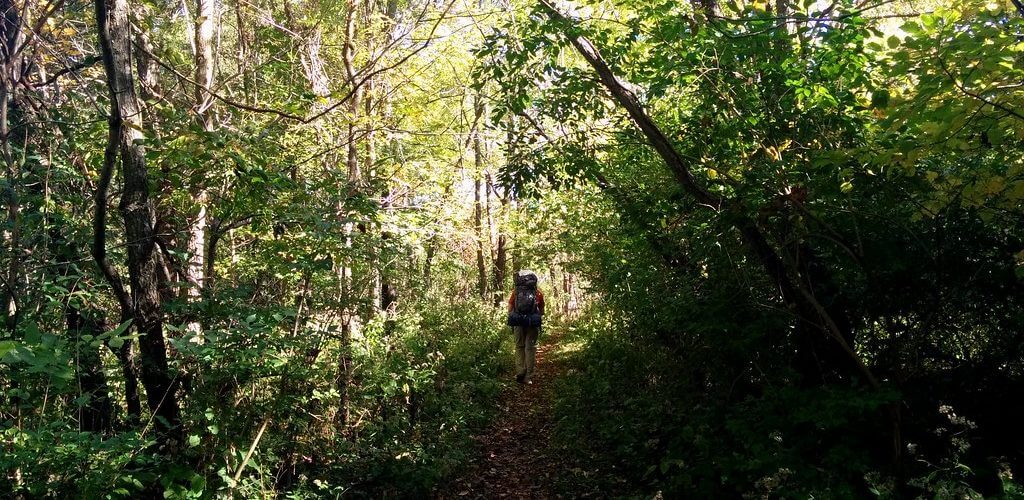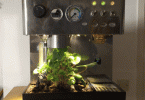Plant light cycles
The sun heats and light the earth, seasons are determined by the duration an intensity of the sunlight hours, for instance, winter days are shorter than summer days, and so, winter is colder. Plants can feel this, light not only powers plants, plants are very sensitive to light changes, and they use it to make choices on what to do next.
Plant sensitivity to light conditions
Introduction on plants grow light
Plants sensitivity to day length duration is an adaptation mechanism to react to the present conditions and try to anticipate the expected future, like that the winter may be near. Among temperature, light cycle is one of the key factors to induce many plant behaviors like growing, flowering, hibernation or dormancy. Photoperiodism really affects almost any plant process, form root growing to immunity. So, proper lighting for plants is needed to grow healthy plants.
What is a good lighting for plants?
To provide plants a good light we have to attend to the duration of light/night cycles, the intensity of light and the wavelength or spectrum of the light we use.
What is photoperiodism?
Photoperiodism is the physical reaction of organisms to the duration of days and nights and it is related to the circadian clock. Plants as a highly solar powered organism are very sensitive to day and night length changes.
What is the photoperiod?
On earth the photoperiod is made of 24 hours, for every 24 hours there are two separated periods: daily hours and nightly hours. Light cycles are represented using: 12/12, 18/6, etc. First number represents the daily hours, the second, nightly hours. So the photoperiod is the number of light and dark hours on each day.
How photoperiod affects plant growth?
Every plant specie has its own optimal grow photoperiod. Each specie will react different to variations on the day-night length cycle. If we want to guess the optimal photoperiod for any plant we should think about where it grows, on what climate conditions ( hours of light and temperature ) and when it flowers ( if it does ).
Flowering and photoperiodism:
Flowering and fructification on plants is often triggered by the photoperiod. Some plants will flower only during long days, others, only during short days, and some others, will flower independently of the photoperiod. Of course, one long day will not trigger flowering on long day plants, a prolonged exposition to this long day photoperiod is needed.
What is a long day plant
A long-day plant requires 12 or more hours of sunlight, or less than 12 hours of uninterrupted darkness, to produce a bloom or flower.
For example: A 18h/6h photoperiod, 18 hours of light, 6 of darkness is a flowering photoperiod for long day plants.
What is a short day plant:
A short-day plant requires less than 12 hours of sunlight, or more than 12 hours of uninterrupted darkness, to produce a bloom or flower.
For example: A 8h/16h photoperiod, 8 hours of light and 16 of darkness is a flowering photoperiod for short day plants.
I do not care plants:
Day-neutral plants often called non photoperidic plants do not initiate flowering based on its photoperiod. These kind of plants instead flower only after reaching a certain developmental stage or age, or in response to other environmental factors such as temperature: as we said before, temperature is one of the other key factors on growth and plant activity.
FAQ: Plants growth and light cycles
Under continuous lighting conditions many plants can grow, but they won’t grow healthier or be more efficient. Continuous lighting photoperiod has the potential to damage leafs, reduce photosynthetical efficiency and lead to leaf senescence. While some plants are more tolerant than others it is still unclear what are the mechanism that regulate continuous light effects. Again, temperature and light spectrum and intensity of the source light may mitigate the response of the plants to continuous light conditions. Link for research studies.
We started growing indoor plants as plants grow on earth. Cycles of less or more than 24 hours are may worth a try, variations on photoperiodic total cycle lenght are an interesting topic. Light cycles longer or shorter than 24h are an interesting subject of study to understand the plant circadian clock.
From 70W to 300W per square meter of grow area, or 20W to 100W per square foot is a good range to start. If light is not enough powerful stem elongation will appear, if it is to intensive leaf damage like chlorosis may appear.
Credits on frontal image: J E Koonce Flickr







